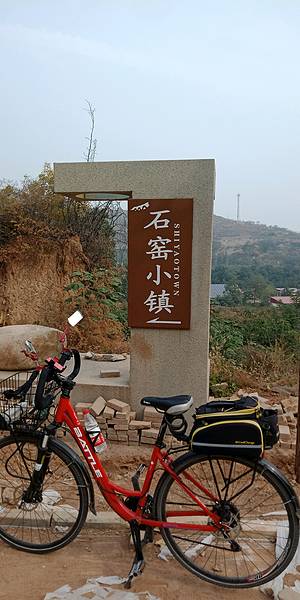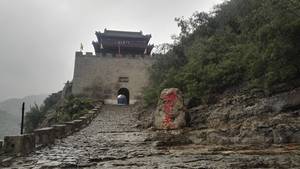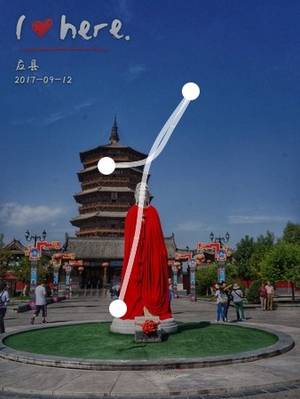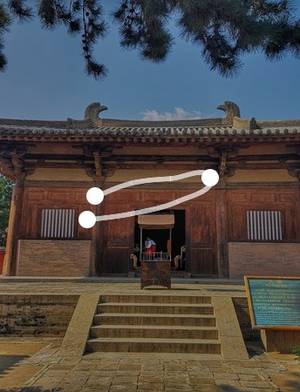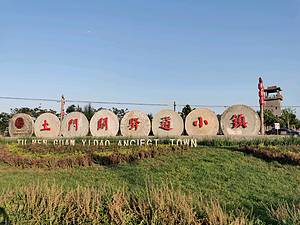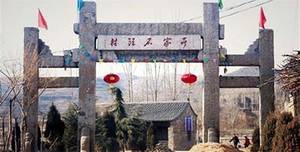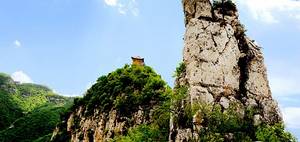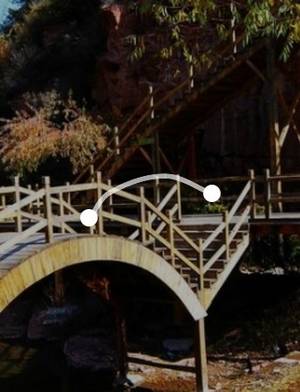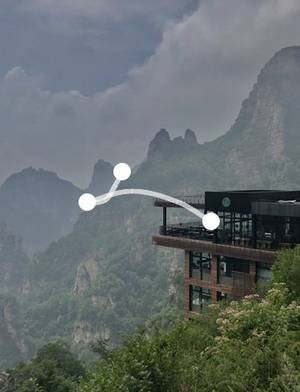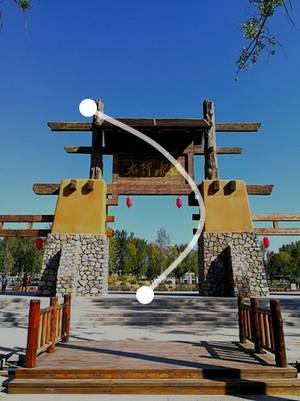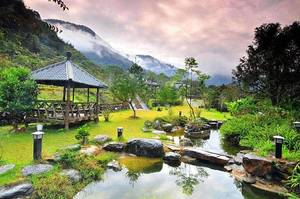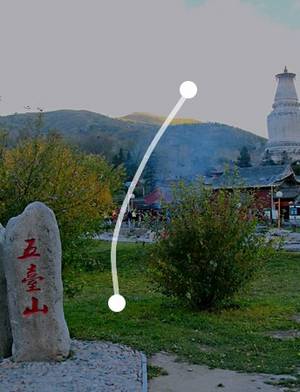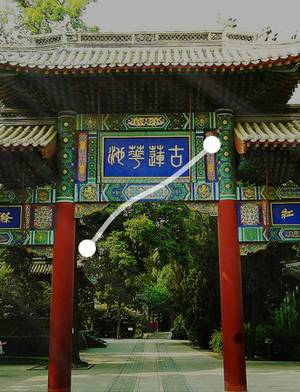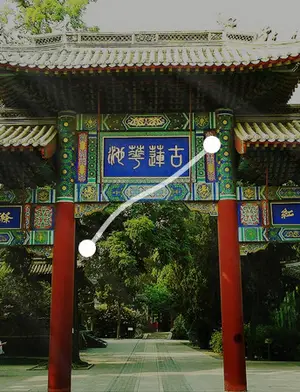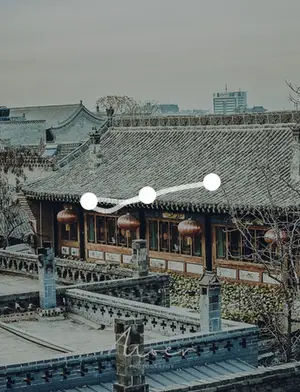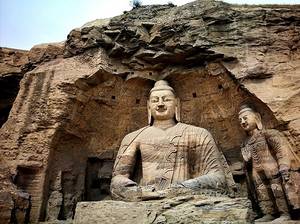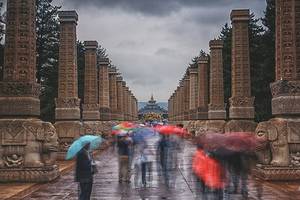Mount Wutai, A spiritual sanctuary with breathtaking natural beauty
Yangbaiyu Village, Taihuai Town, Wutai County, Xinzhou City, Shanxi Province
5
Introduction
Wutai Mountain is located in Wutai County in the northeast of Shanxi province, with an average altitude of over 1000 meters. The highest peak, Beita Yemei Peak, reaches a height of 3058 meters and is known as the "roof" of the North China region. Wutai Mountain is named for its five towering peaks, resembling five giant columns supporting the sky. Due to the cold climate in the mountainous area, even in the peak of summer, it remains cool and refreshing, earning the name "Cooling Mountain". Wutai Mountain offers a blend of natural scenery, historical relics, ancient architecture, Buddhist culture, local customs and summer resorts, making it an attractive tourist destination.
As a world-renowned Buddhist holy site, Wutai Mountain is the place of practice of Manjusri Bodhisattva and the first of the Four Sacred Mountains of Buddhism in China. It is also known as Golden Wutai. The temples and buildings of Wutai Mountain have a long history and grand scale, dating back to the reign of Emperor Ming of Han Dynasty. During the Tang Dynasty, due to the flourishing of Manjusri faith, there were over 360 temples on the mountain. In the Qing Dynasty, with the introduction of Lamaism, the unique green and yellow temples appeared. The area inside the five peak tops is called "Tainei," while the outer area is known as "Taiwai."
Legend has it that Wutai Mountain was originally a territory of Taoism named Zifu Mountain, where Zifu Temple was built. Later, Buddhism was introduced, and in 67 A.D., Emperor Ming of Han Dynasty sent envoys to the Western Regions to seek Buddhist teachings. Two Indian monks, Sakyamuni and Zhu Falan, came from Luoyang to Wutai Mountain to build temples and settled here in their later years. At that time, Wutai Mountain was the base of Taoism, and the relationship between Buddhism and Taoism was always tense, so they had a "burning scripture" contest. As a result, the Buddhist sutras survived while all Taoist scriptures were burned. Since then, Wutai Mountain gradually became a place of worship for the Buddhist faith. Address Yangbaiyu Village, Taihuai Town, Wutai County, Xinzhou City, Shanxi Province
Opening hours All day (All year round, Monday-Sunday from January 1st to December 31st).
Transportation "Transportation to the Scenic Area:
Bus: Take the Taiyuan-Wutaishan bus from Taiyuan East Bus Station;
Train: There are trains from Taiyuan Station to Wutaishan, with Wutaishan Station located in Shahe Town, Fanzhi County, about 54 kilometers from Wutaishan Scenic Area. There are buses to Taihuai Town in front of the train station.
Internal Transportation in the Scenic Area:
Eco-car: The eco-car in Wutaishan Scenic Area travels between various attractions and hotels. It must be purchased regardless of whether or not you ride it, and it can be ridden multiple times;
Climbing Car: Climbing to the top of Wutaishan requires taking the climbing car from Dailuoding.
Private cars are allowed to enter the scenic area."
 Wutai Mountain, as the first of the four sacred mountains in Chinese Buddhism
Wutai Mountain, as the first of the four sacred mountains in Chinese Buddhism